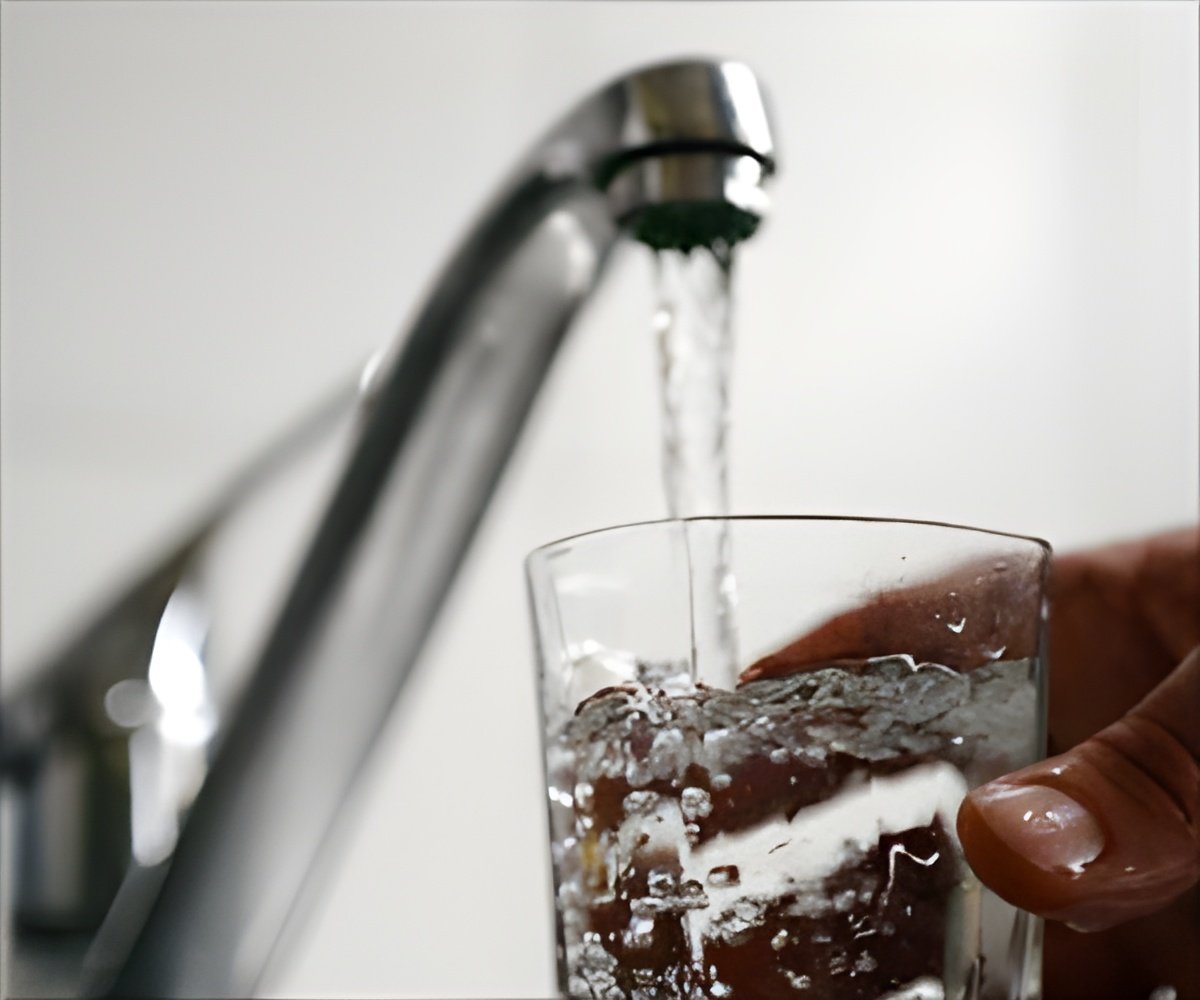In individual countries like sub-Saharan Africa, access to clean drinking water and sanitation facilities is highly variable, a new study found
In individual countries like sub-Saharan Africa, access to clean drinking water and sanitation facilities is highly variable, a new study found. Dr Rachel Pullan and colleagues, from the London School of Hygiene & Tropical Medicine, identified marked geographic inequalities, estimating that coverage of improved drinking water supply varied from as low as 3.2% in some districts of Somalia to as high as 99.0% in urban populations in Namibia, while access to improved sanitation ranged from 0.2% in parts of Chad to close to 100% in Gambia.
To reach these estimates, the researchers extracted data on reported household use of an improved drinking water supply (for example, a piped water supply), improved sanitation facilities (for example, a pit latrine with washable slab), and open defecation from 138 national household surveys undertaken between 1991 and 2012 in 41 countries in sub-Saharan Africa. Using statistical models they estimate that rural households in the districts with the lowest levels of access within a country were 1.5-8 times less likely to use improved drinking water, 2-18 times less likely to use improved sanitation, and 2-80 times more likely to defecate in the open, than rural households in districts with the best coverage.
The findings do not include estimates from Eritrea and Botswana and are limited by the accuracy of the data on water supplies and sanitation provided by household surveys.,
The authors say: "Here, we have revealed substantial levels of inequality in contemporary access to both improved drinking-water supplies and sanitation and open defecation within countries, and have shown how mapping the geographical distribution of WSS at policy relevant scales can help to make visible those deprived subgroups that were previously hidden within national statistics." They note that strategies to target the areas with the lowest access are essential.
Source-Eurekalert












